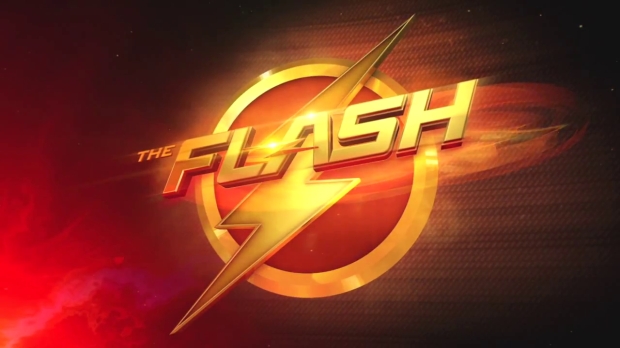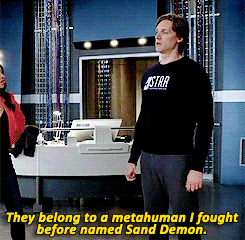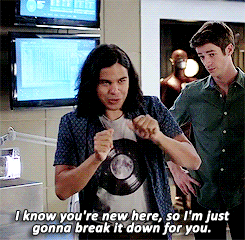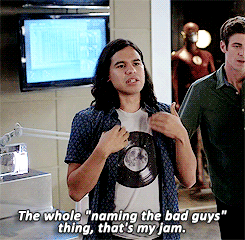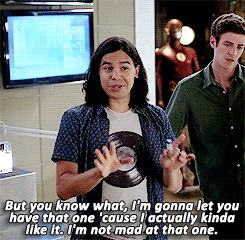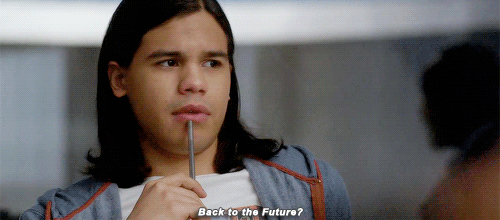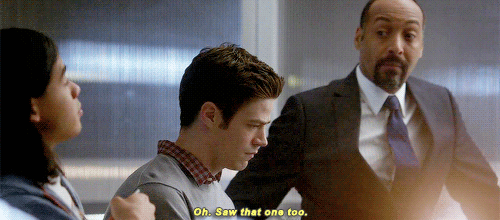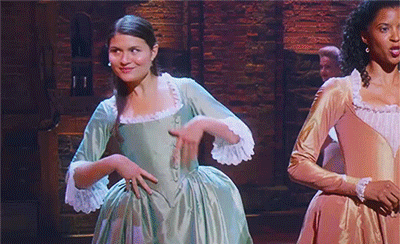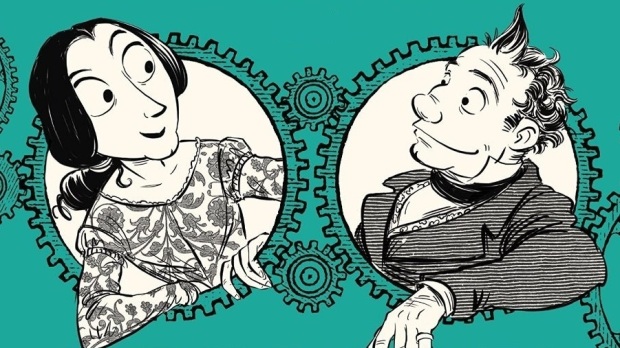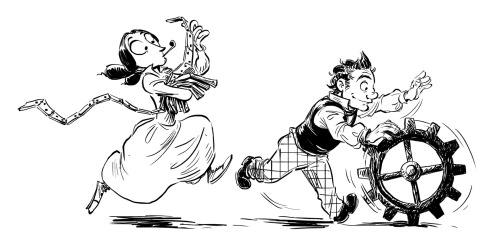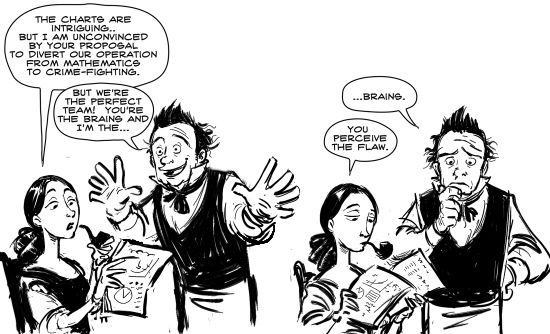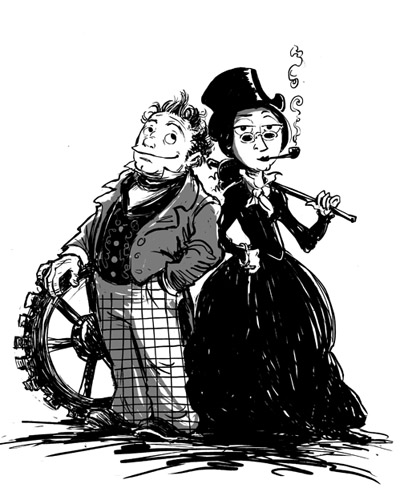This week, Emily takes a break from running around town at a disappointingly average speed to recommend that you start watching The Flash.
I love a show that embraces its own silliness — and the utter nerdiness of its fanbase — and runs with it. And it’s been a super busy week. But nothing’s been delighting me in the last week or so as much as the incredibly earnest, silly, enthusiastic, and charming The Flash. So this week, I give you nine (quick) reasons why you should catch up on The Flash.
1. Our protagonist, Barry Allen is adorably nerdy — actually, make that adorable and nerdy.
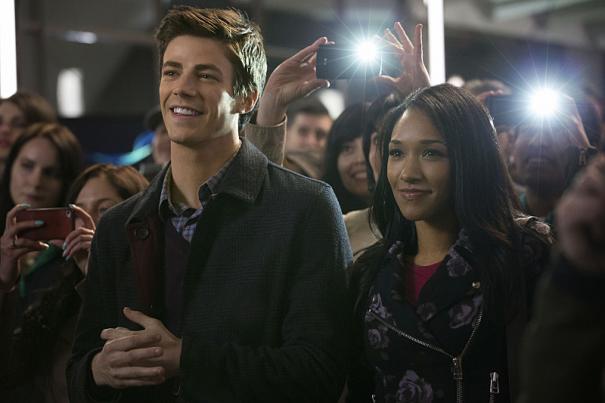
(Source: http://cdn3-www.comingsoon.net/assets/uploads/gallery/the-flash-tv-1405793460/The_Flash_TV_32.jpg)
2. The show’s super self-aware about its tone and its genre.
(Source: http://arthurdrvill.tumblr.com/post/131125650458)
3. It also delights in the nerdiness of both its writers and its fanbase.
4. They even use pop culture properties to explain their own time-travel paradoxes — it’s recursive, nerdy, self-referential, and awesome.
(Source: http://ciscogifs.tumblr.com/post/124103054663)
5. Victor Garber is being delightful as ever delivering techno-babble with gravitas.
6. The actors are ridiculously talented and recorded an acapella cover of the “Ballad of Serenity.”
7. On that note, Jesse L. Martin is just the best. I forgot how many feelings I used to have about Tom Collins.
(Source: http://onceland.tumblr.com/post/120549890152)
8. The show has tons of heart. I genuinely can’t remember the last time I got teary at a season finale.
9. It’s not perfect — the lady characters need a bit of work, and I’m not sure if the fact that one woman was talking about her completed dissertation in one episode and trying to get a job at a newspaper in the next was a continuity error or a subtle critique of the current job market in academia — but it’s pretty freaking awesome.
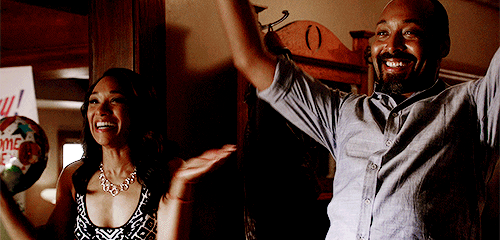
(Source: http://irisannallen.tumblr.com/post/130672186474/youre-quoting-me-to-me-well-what-can-i-say)
Happy Watching!
